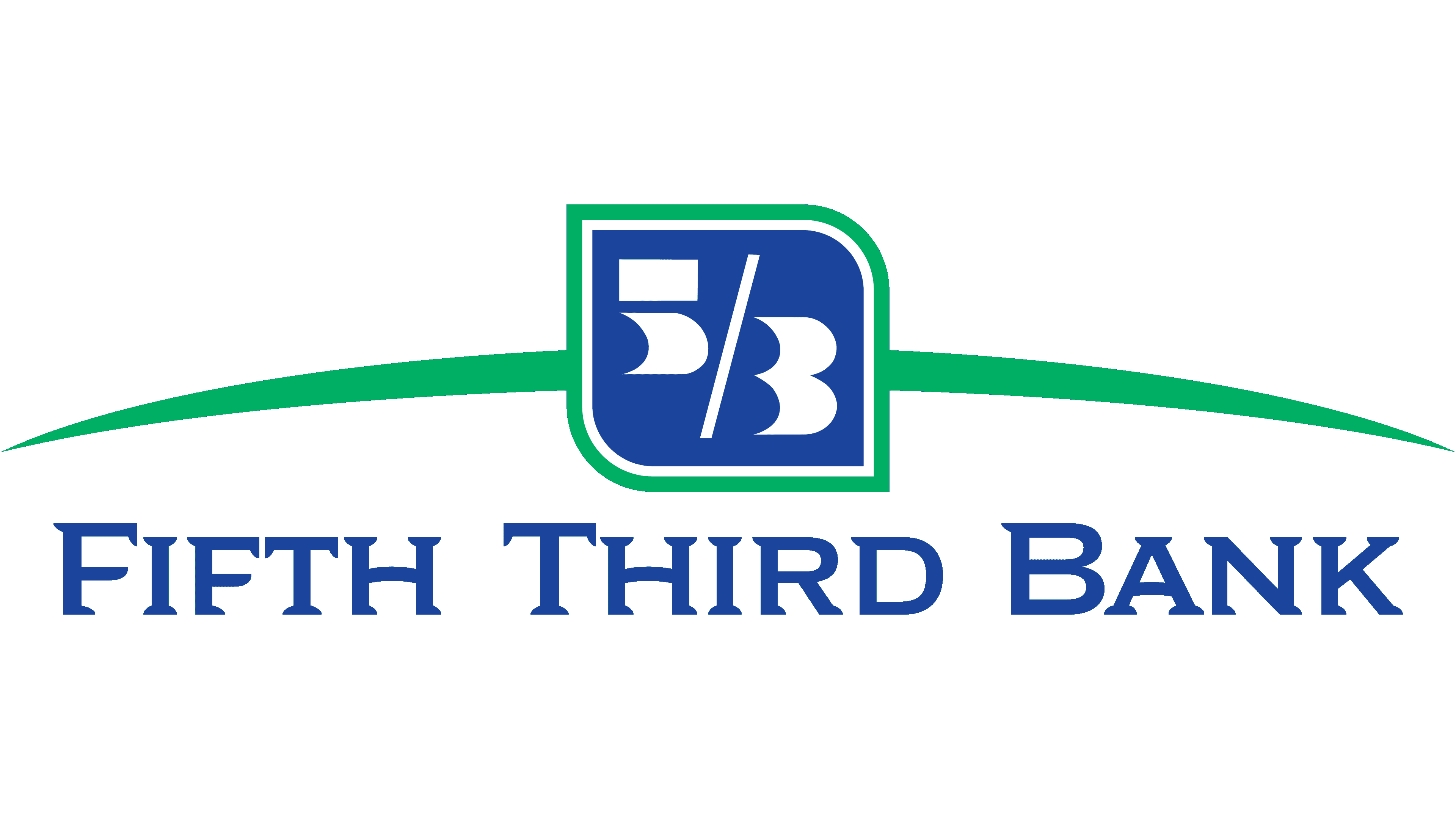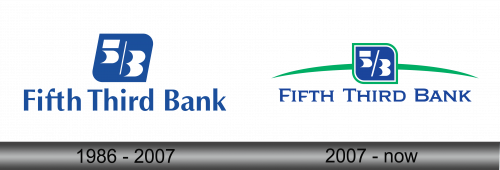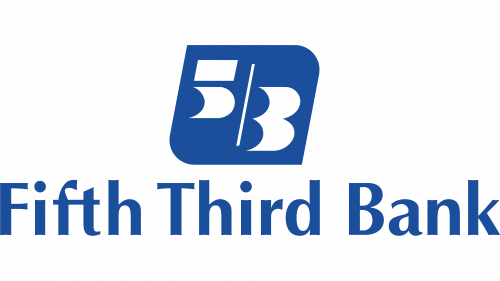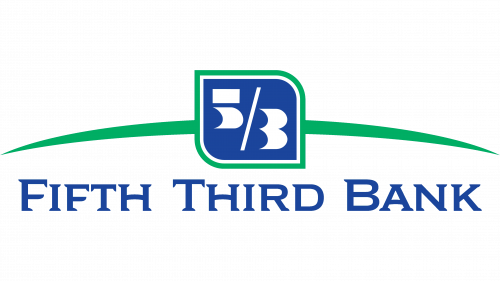Fifth Third Logo
Fifth Third refers to a unique financial institution. Its creators aimed at offering banking services. They chose its name based on two merging bank’s names. The birthplace of this institution is in the Midwest of the United States. Its primary goal was to serve the community’s financial needs. This organization started with a clear vision: to provide reliable financial solutions.
Meaning and history
The Fifth Third Bank came to life in 1858. Its unusual name stems from a 1908 merger between Third National Bank and Fifth National Bank. This event marked a significant milestone. Over the years, it witnessed several pivotal moments. For instance, it introduced the first shared ATM network in 1977. Another highlight occurred in 2008, celebrating its 150th anniversary. These dates underline its commitment to innovation and community service.
What is Fifth Third?
Fifth Third is more than a bank. It’s a financial partner for countless individuals and businesses. The institution focuses on banking, loans, and investment services. Its unique name symbolizes a rich history of mergers and growth.
1986 – 2007
The logo showcases a bold blue color, projecting trust and stability. It features an abstract numeral ‘5’ merged with ‘3’, symbolizing the bank’s name. A dot floats above, possibly denoting a decimal or hinting at the bank’s attention to detail. The bank’s name, “Fifth Third Bank,” is written underneath in a no-nonsense, sans-serif font, conveying modernity and accessibility. The overall design embodies a blend of tradition with contemporary financial services.
2007 – Today
The updated logo now features an enclosing green rectangle, suggesting growth and prosperity. This frame surrounds the familiar ‘5’ and ‘3’, reinforcing the bank’s identity. An arching green swoosh below adds a dynamic element, implying forward motion and innovation. “Fifth Third Bank” is spelled out in serif font below, emphasizing a more classical approach that nods to the bank’s long-standing heritage. The design harmonizes modernity with tradition, reflecting the bank’s progressive yet steady character.











